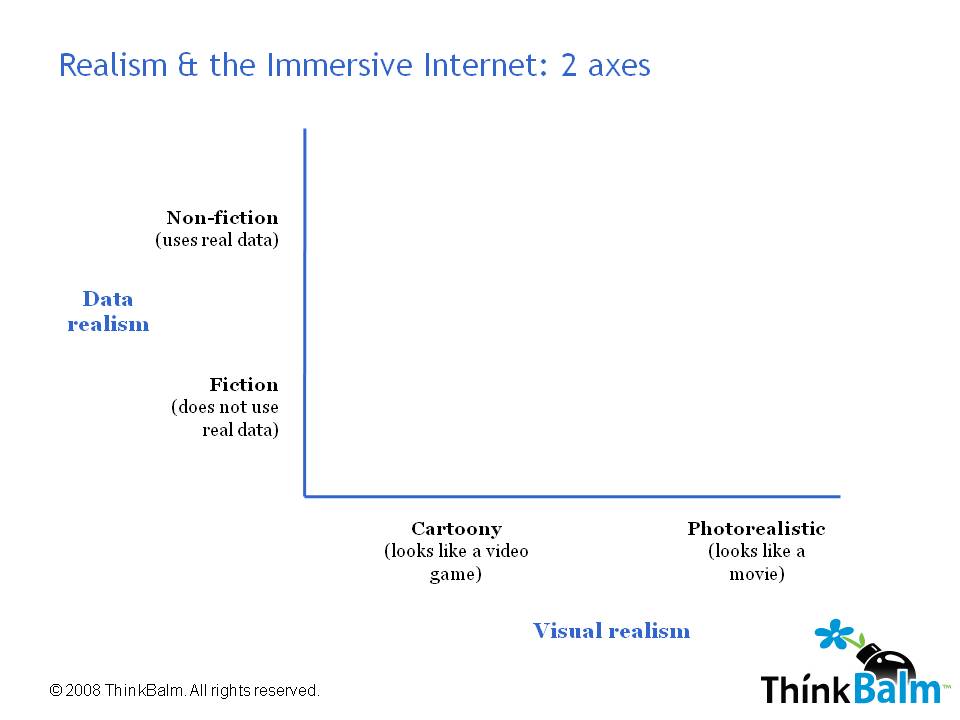Yesterday I kicked off a little experiment and it ended up being an extraordinary day: for the first time I experienced what it really means to have a virtual office where associates stop by and unplanned interactions occur. It’s no small thing. Nearly a year ago when I was an analyst with Forrester Research I wrote a blog post about the potential for virtual offices to bring serendipitous interactions back into the lives of geographically distributed workers. Yesterday I experienced it myself for the first time. It was one of those light bulb moments.
In an effort to strengthen my bonds with members of the ThinkBalm Innovation Community and to identify presenters for an upcoming community event, I wanted to talk in real-time with community members who also wanted a moment of connection. I didn’t want to schedule a meeting or send out an email or make a post on the community’s Web site. I didn’t want to look people up on Skype and engage them in a text chat. I wanted the feeling of bumping into folks and seeing what they are up to.
So I logged into the ThinkBalm Innovation Community’s region on ReactionGrid, an OpenSim grid. I kept my Hippo OpenSim Viewer up and running on a second monitor that sits on my desk just above the height of my laptop display (see figure below). This dual display setup allowed me to get my regular work done — writing, phone calls, emailing, scheduling meetings, Twittering, interacting with the ThinkBalm Innovation Community on our Spigit site, etc. — and at the same time be available if anyone wanted to stop by my “virtual office.” I sent out a tweet to my Twitter network saying, “Trying experiment to build bonds with ThinkBalm Innovation Community members: staying logged into ReactionGrid whenever I can. Drop by!”

And drop by they did! Throughout the course of the day, a half dozen or so ThinkBalm Innovation Community members dropped by. I made plans with one associate to review his slide deck later in the week. I helped a couple of newbies get out of their default OpenSim avatars (all female and all very weird-looking) and into some decent-looking freebie clothing and hair. I gave a tour of the ThinkBalm Innovation Community sim and talked about the community’s philosophy and activities. I chatted with one new community member about his transition from education to the private sector and about some of his experiences with the Immersive Internet thus far.
As the work day drew to a close, I had the feeling you get when you know you are looking at something great. I just got a glimpse into the future of work. Give it just a few years, and entire companies will have immersive environments. Departments and teams will have their own virtual offices and labs. People will stop by others’ workspaces to ask a question, prod a project along, share a design or plan, or just see what’s going on. By staying logged into the immersive environment, geography can become far less important than it is today. People who are affiliated by the work they do or their place of employment will be able to find each other and interact in ways that just aren’t possible without the Immersive Internet.



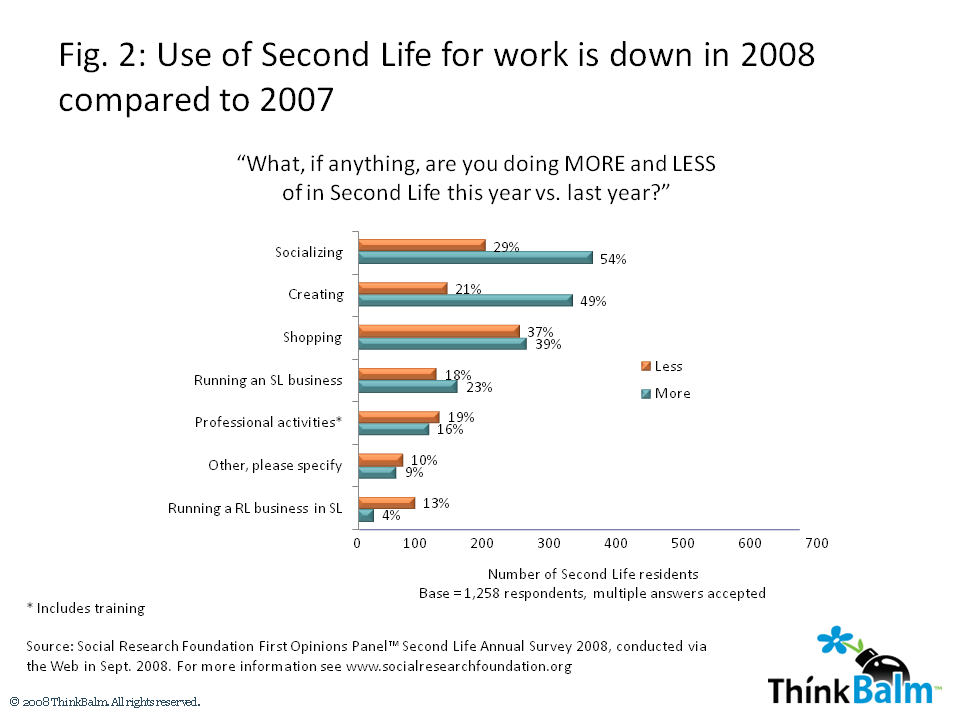
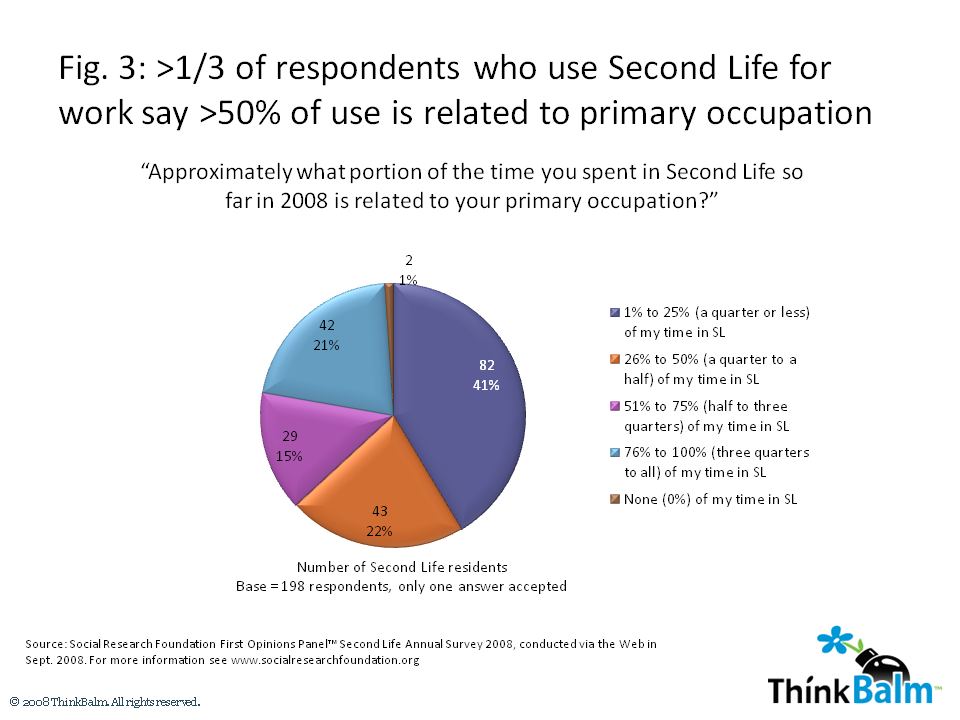

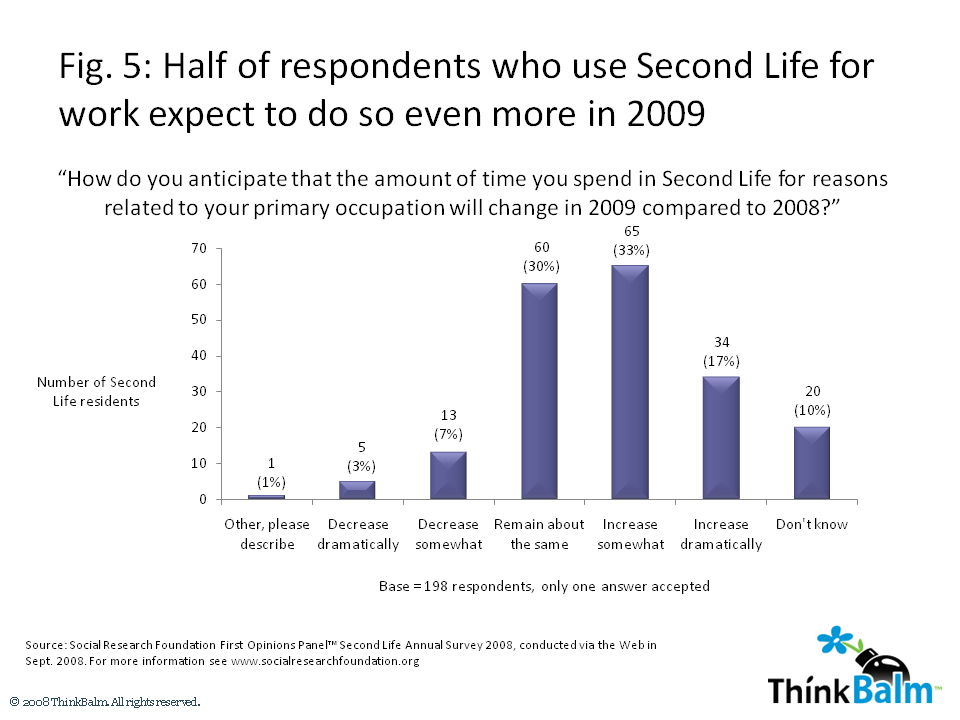
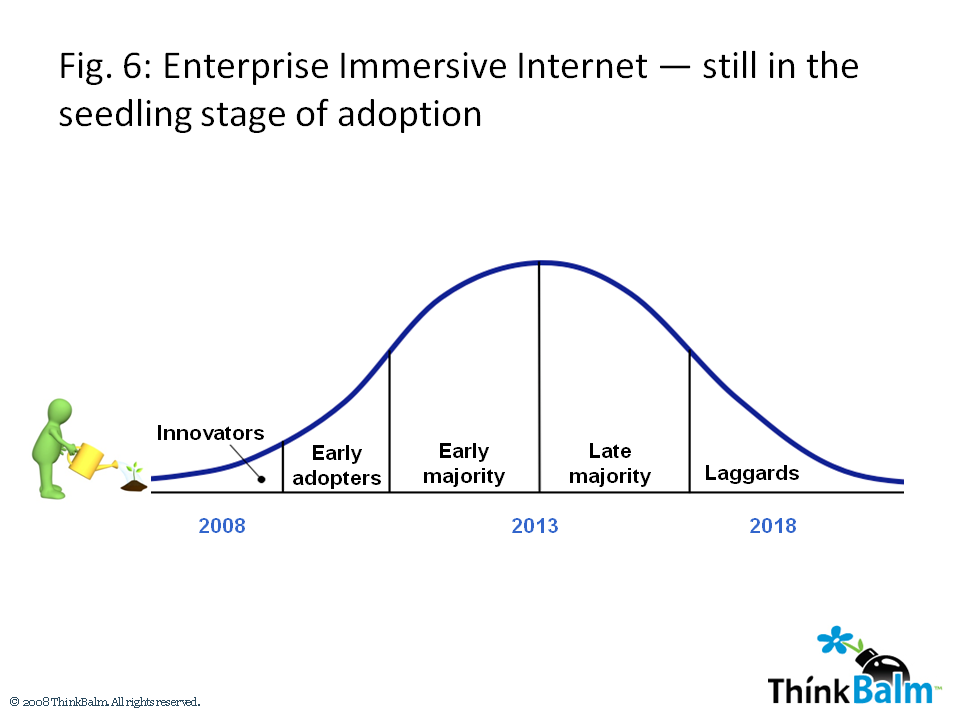

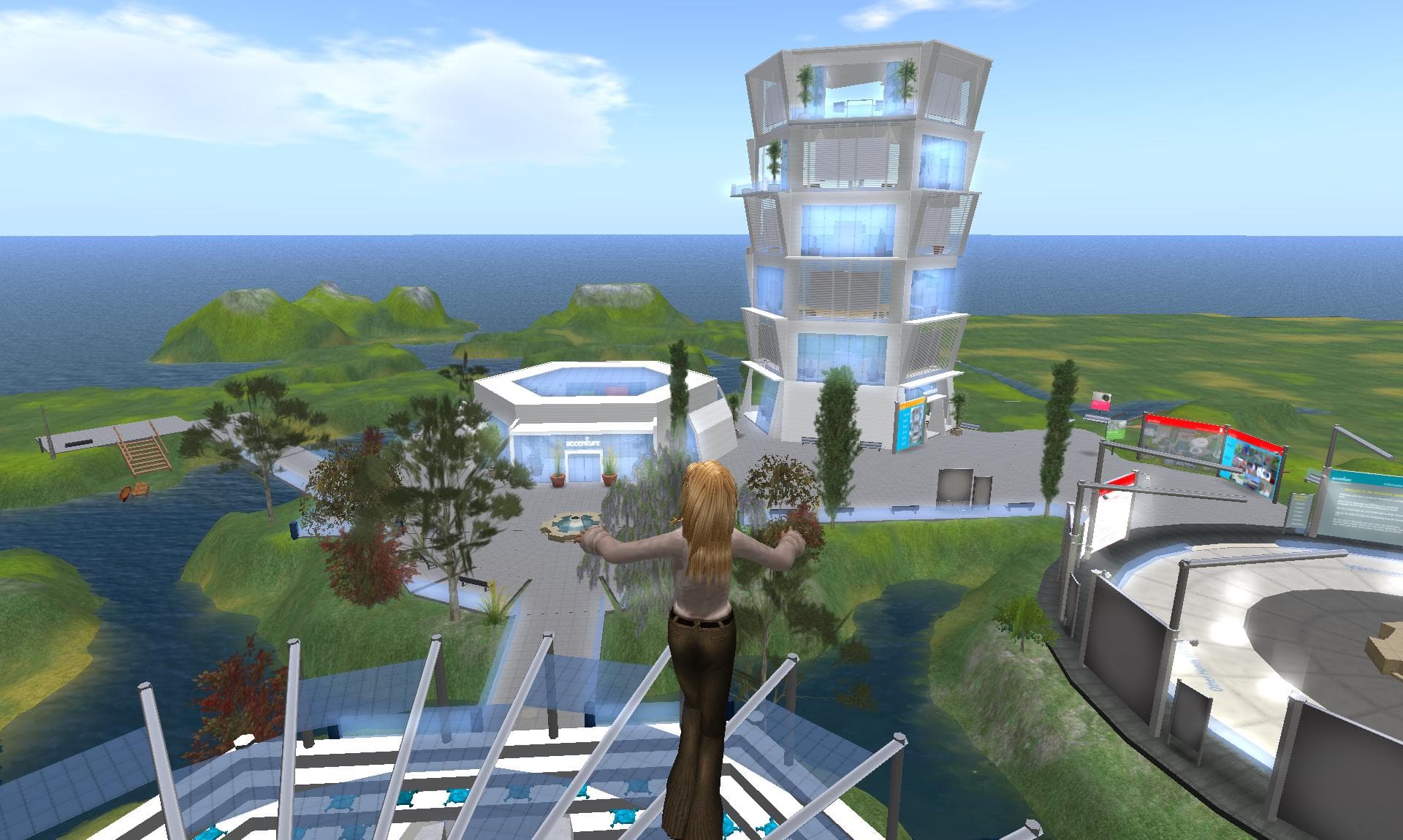 meet candidates that recruiters couldn’t easily get together with otherwise (e.g., students in universities Accenture couldn’t visit on a road show). The Accenture Careers island also offers a series of interactive games to engage peoples’ minds (e.g., memorize as many details about a complex picture as you can, or calculate the counterbalance required to catapult your avatar onto a landing pad) or encourage teamwork (e.g., balance your avatar on a disk while not knocking other avatars off their disks). Signage is available in six languages. To help Accenture marketing and HR folks easily leverage the island for their recruiting and networking events, the project team developed and distributed “how to” tools, templates (e.g., for marketing communications), and best practices information. There may also be
meet candidates that recruiters couldn’t easily get together with otherwise (e.g., students in universities Accenture couldn’t visit on a road show). The Accenture Careers island also offers a series of interactive games to engage peoples’ minds (e.g., memorize as many details about a complex picture as you can, or calculate the counterbalance required to catapult your avatar onto a landing pad) or encourage teamwork (e.g., balance your avatar on a disk while not knocking other avatars off their disks). Signage is available in six languages. To help Accenture marketing and HR folks easily leverage the island for their recruiting and networking events, the project team developed and distributed “how to” tools, templates (e.g., for marketing communications), and best practices information. There may also be 